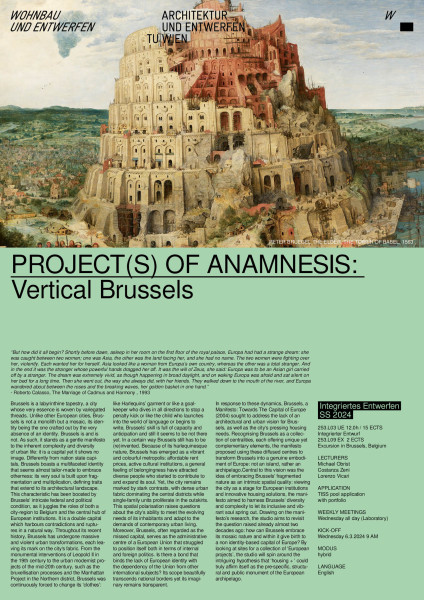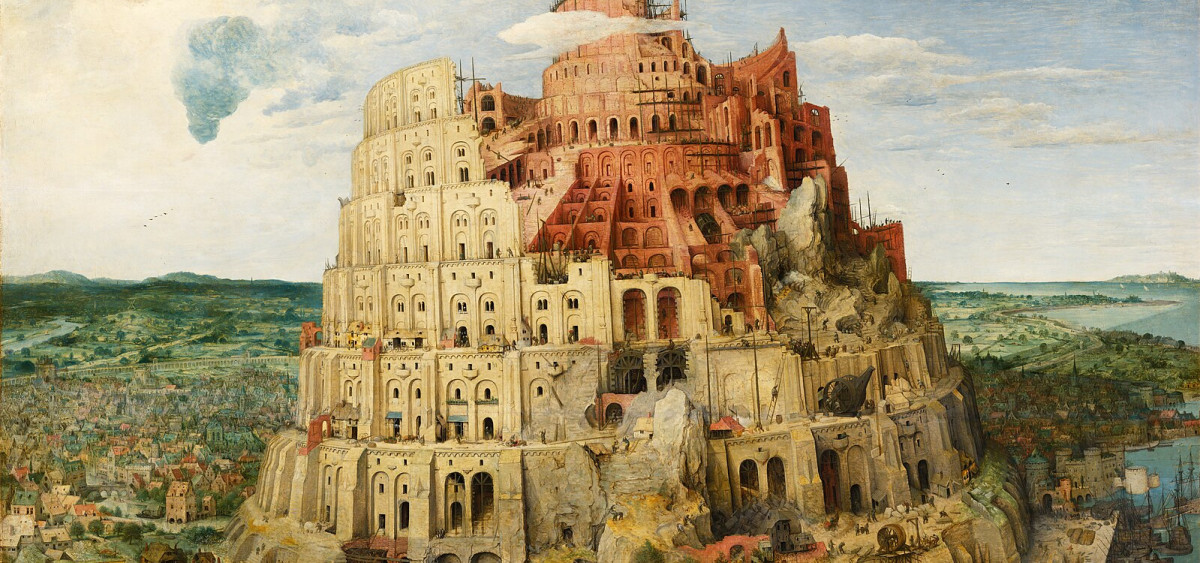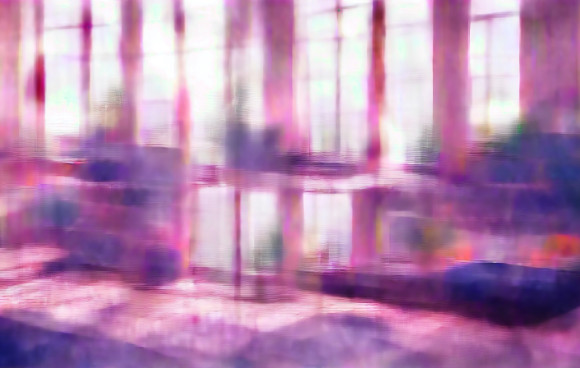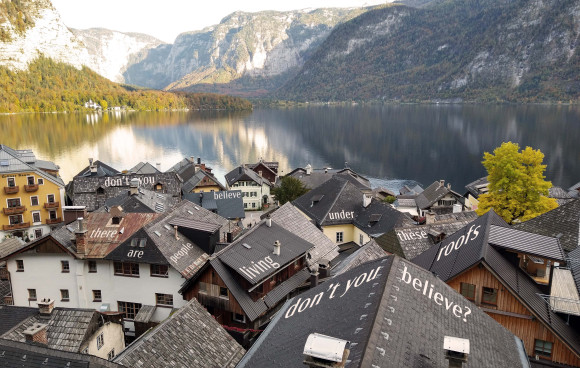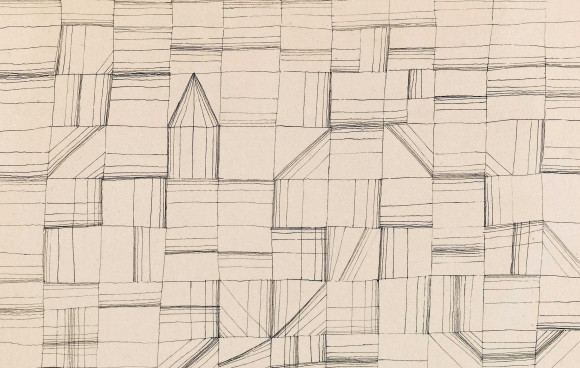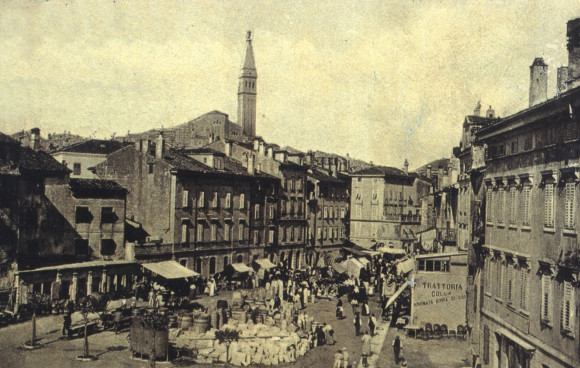Entwerfen
PROJECT(S) OF ANAMNESIS: Vertical Brussels
But how did it all begin? Shortly before dawn, asleep in her room on the first floor of the royal palace, Europa had had a strange dream: she was caught between two women; one was Asia, the other was the land facing her, and she had no name. The two women were fighting over her, violently. Each wanted her for herself. Asia looked like a woman from Europa's own country, whereas the other was a total stranger. And in the end it was the stranger whose powerful hands dragged her off. It was the will of Zeus, she said: Europa was to be an Asian girl carried off by a stranger. The dream was extremely vivid, as though happening in broad daylight, and on waking Europa was afraid and sat silent on her bed for a long time. Then she went out, the way she always did, with her friends. They walked down to the mouth of the river, and Europa wandered about between the roses and the breaking waves, her golden basket in one hand.
- Roberto Calasso, The Marriage of Cadmus and Harmony , 1993
Brussels is a labyrinthine tapestry, a city whose very essence is woven by variegated threads. Unlike other European cities, Brussels is not a monolith but a mosaic, its identity being the one crafted out by the very absence of an identity. Brussels is and is not. As such, it stands as a gentle manifesto to the inherent complexity and diversity of urban life: it is a capital yet it shows no image. Differently from nation state capitals, Brussels boasts a multifaceted identity that seems almost tailor-made to embrace otherness: its very soul is built upon fragmentation and multiplication, defining traits that extend to its architectural landscape. This characteristic has been boosted by Brussels' intricate federal and political condition, as it juggles the roles of both a city-region to Belgium and the central hub of European institutions. It is a double capital which harbours contradictions and ruptures in a natural way.
Throughout its recent history, Brussels has undergone massive and violent urban transformations, each leaving its mark on the city's fabric. From the monumental interventions of Leopold II in the 19th century to the urban modernist projects of the mid-20th century, such as the bruxellisation processes and the Manhattan Project in the Northern district, Brussels was continuously forced to change its ‘clothes’: like Harlequins’ garment or like a goalkeeper who dives in all directions to stop a penalty kick or like the child who launches into the world of language or begins to write, Brussels’ skill is full of capacity and anticipation and still it seems to be not there yet. In a certain way Brussels still has to be (re)invented.
Because of its harlequinesque nature, Brussels has emerged as a vibrant and colourful metropolis: affordable rent prices, active cultural institutions, a general feeling of belongingness have attracted diverse people who started to contribute to and expand its soul. Yet, the city remains marked by stark contrasts, with dense urban fabric dominating the central districts while single-family units proliferate in the outskirts. This spatial polarisation raises questions about the city's ability to meet the evolving needs of its inhabitants and adapt to the demands of contemporary urban living. Moreover, Brussels, often regarded as the missed capital, serves as the administrative centre of a European Union that struggled to position itself both in terms of internal and foreign politics. Is there a bond that binds the lack of European identity with the dependency of the Union from other international subjects? Its scope beautifully transcends national borders yet its imaginary remains transparent.
In response to these dynamics, Brussels, a Manifesto: Towards The Capital of Europe (2004) sought to address the lack of an architectural and urban vision for Brussels, as well as the city's pressing housing needs. Recognising Brussels as a collection of centralities, each offering unique yet complementary elements, the manifesto proposed using these diffused centres to transform Brussels into a genuine embodiment of Europe: not an island, rather an archipelago. Central to this vision was the idea of embracing Brussels' fragmented nature as an intrinsic spatial quality: viewing the city as a stage for European institutions and innovative housing solutions, the manifesto aimed to harness Brussels' diversity and complexity to let its inclusive and vibrant soul spring out.
Drawing on the manifesto’s research, the studio aims to revisit the question raised already almost two decades ago: how can Brussels embrace its mosaic nature and within it give birth to a non identity-based capital of Europe? By looking at sites for a collection of ‘European projects’, the studio will spin around the intriguing hypothesis that ‘housing + ‘ could truly affirm itself as the pre-specific, structural and public monument of the European archipelago.
12h, 15 ECTS
WEEKLY MEETINGS: Wednesday all day (Laboratory)
